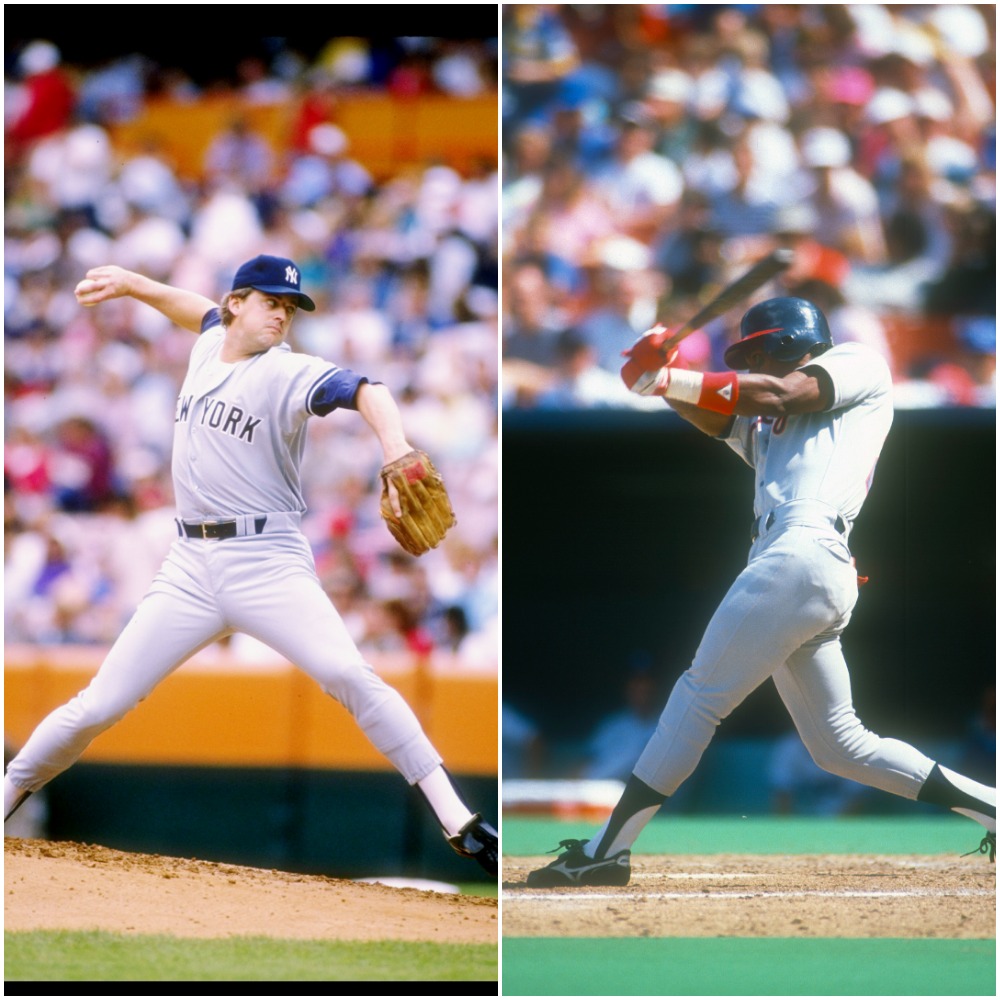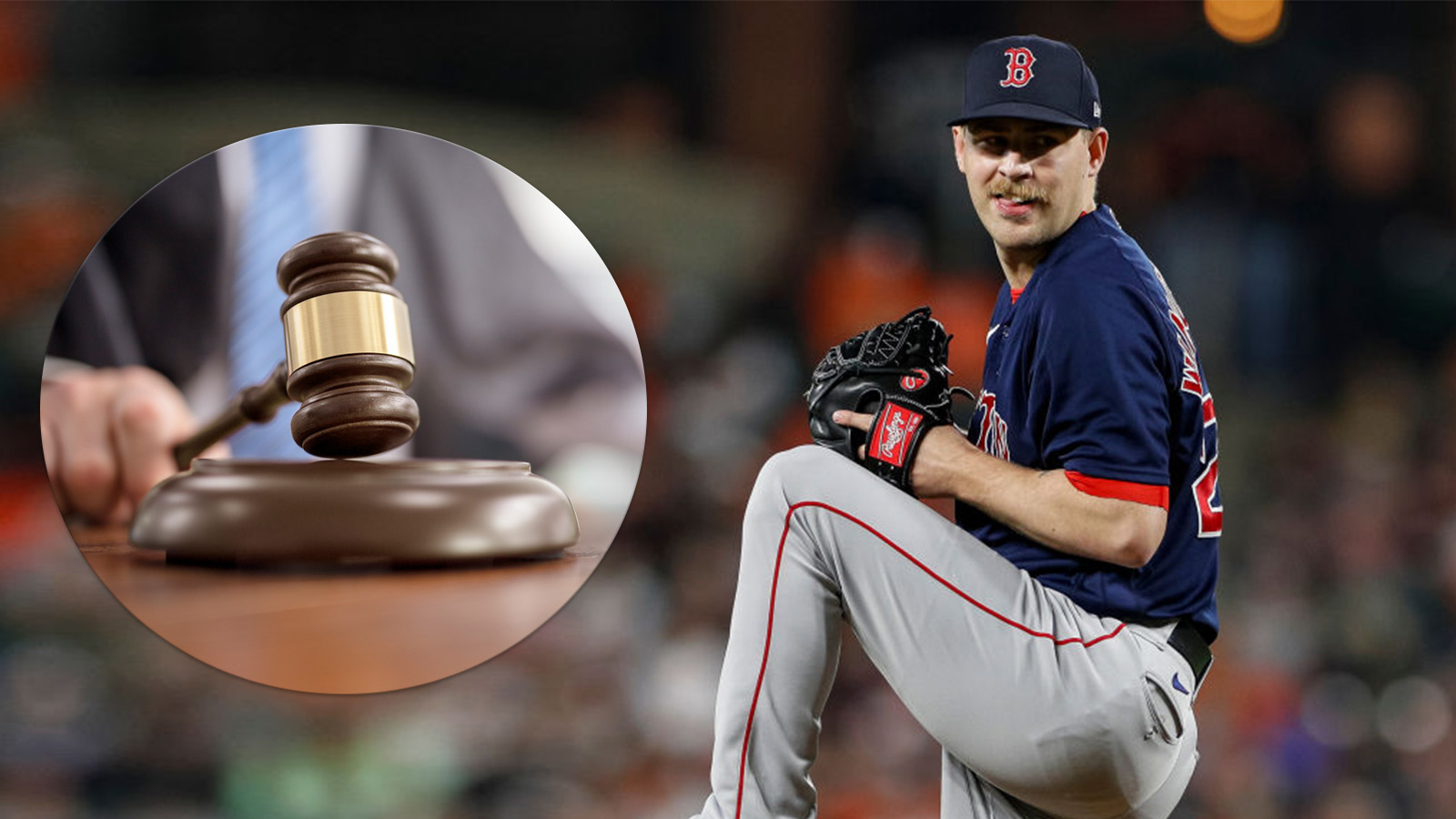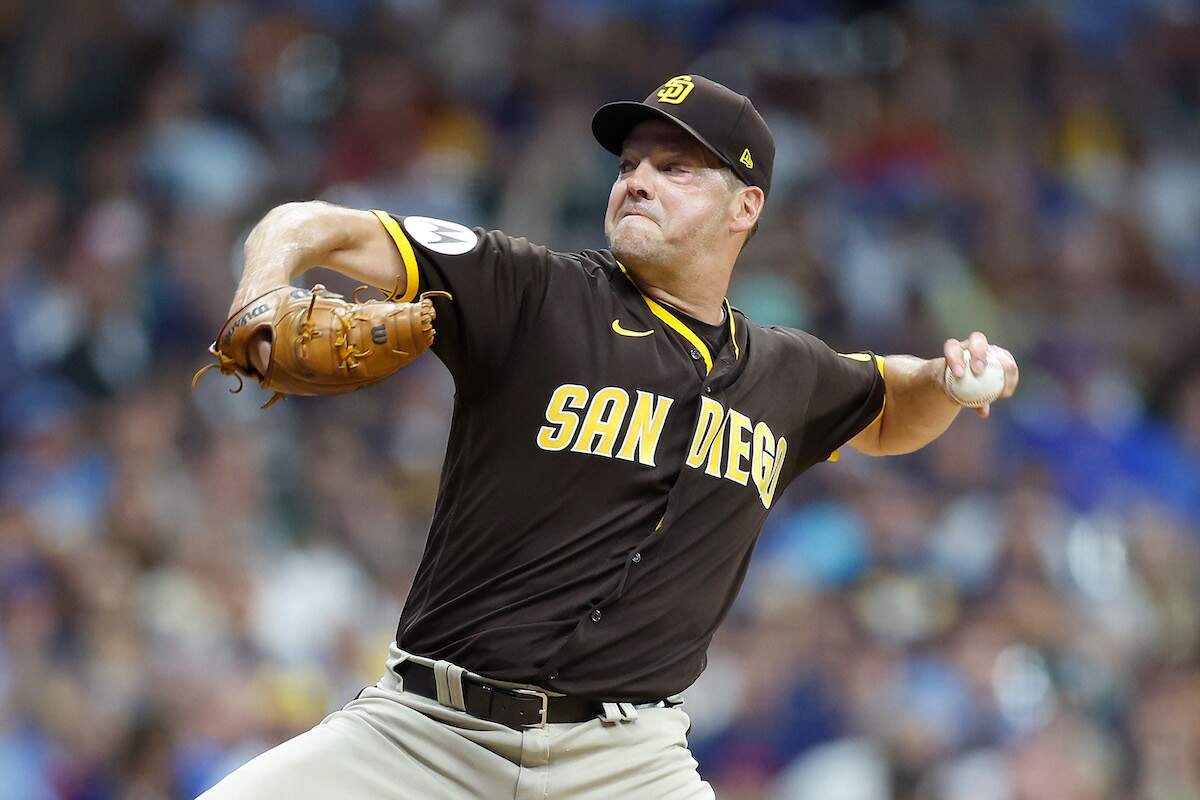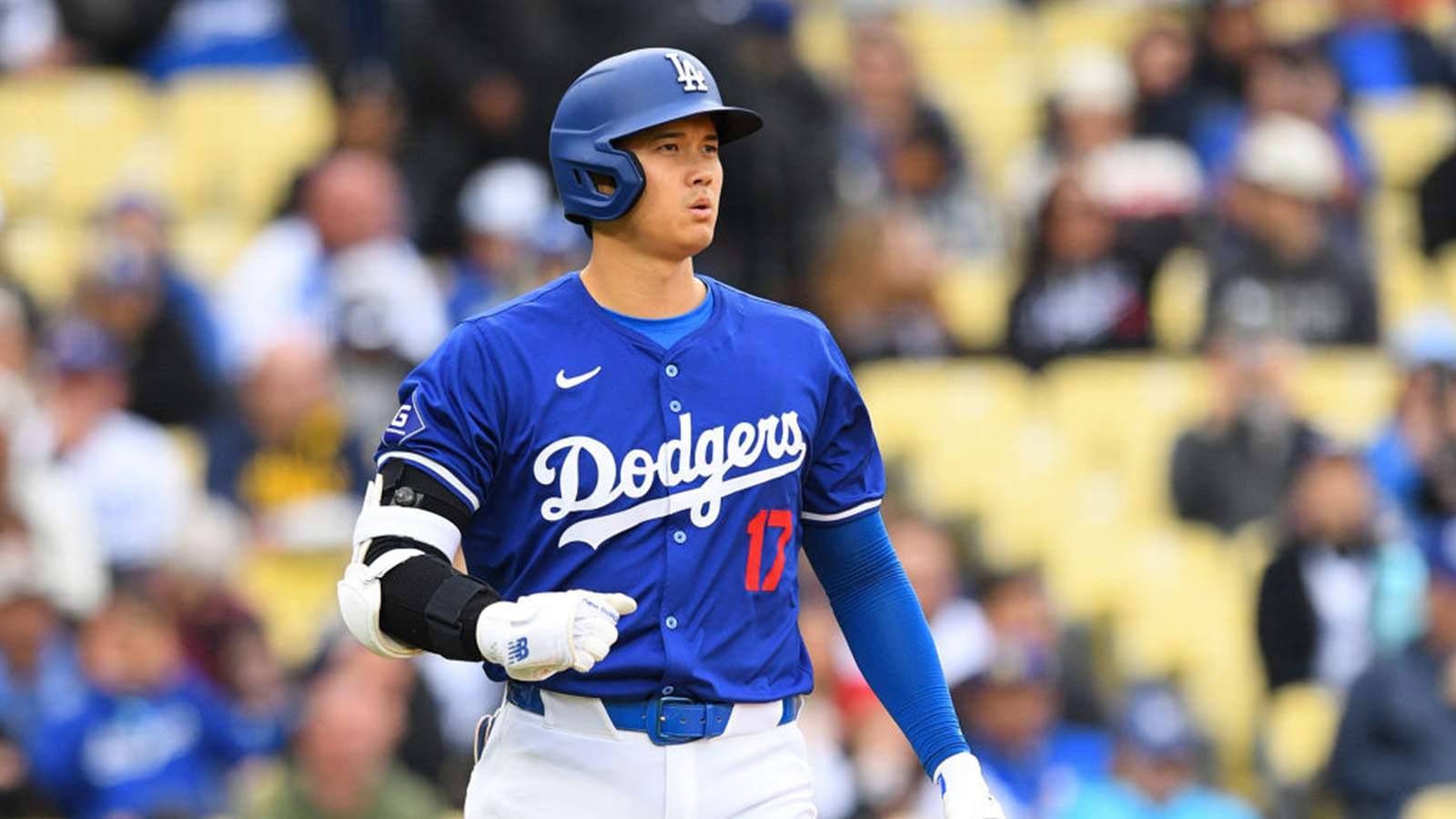
How a Yankees Pitcher Tossed No-Hit Ball and Embarrassingly Lost 4-0
When MLB pitcher Andy Hawkins and his New York Yankees teammates stepped on the field at Comiskey Park on July 1, 1990, no one could have imagined what was about to transpire over the next few hours, especially in Chicago’s windy conditions. Hawkins wouldn’t surrender a single hit to the hometown White Sox, but would somehow end up decisively losing the game. Here’s a look back at the no-hitter that later turned out not to be a no-hitter and how the Yankees embarrassingly lost the game.
Andy Hawkins and Yankees endure tough conditions from the start
New York Yankees pitcher Andy Hawkins was an average MLB pitcher. Heading into the contest against the Chicago White Sox, he had a 1-4 record on a Yankees team that struggled offensively and brought a 28-45 record into Comiskey Park. That July day in 1990 turned out to be a microcosm of the season.
The visiting Yankees got a taste of the blustery conditions early in the first inning when Chicago’s Lance Johnson hit what should have been a routine fly to left field. With the wind wreaking havoc on any pop-up, left fielder Jim Leyritz, who typically played third base, scrambled to recover and made a sliding catch to record the out. A couple of pitches later, Robin Ventura drove a ball to right field where New York’s Jesse Barfield had to make a tough over-the-shoulder grab. Those two flies were a sign of things to come.
In the fifth, with Hawkins and opposing pitcher Greg Hibbard both tossing no-hitters, Sammy Sosa—yes, Sosa played for the south side Chicago team—blasted a deep fly to left. On any other day, the ball ends up in the left-field seats. On that day, the wind knocked it down and Leyritz easily hauled it in.
Hawkins finishes the game strong
In the top of the 6th, Hibbard surrendered a couple of hits ending his no-hit bid but the game remained scoreless. Andy Hawkins had no such let-down. He buzzed through the sixth and seventh innings with the no-hitter still intact.
In the bottom of the 8th, Sosa once again threatened Hawkins’ chance at history when he hit a hot shot to third base. Yankees third baseman Mike Blowers bobbled the ball, picked it up, then fired to first base. A hustling Sosa dove headfirst just beating out the throw. Initially, the official scorer ruled it a hit. Moments later, he correctly changed it to an error. The no-hitter was still alive.
Andy Hawkins walked the next two hitters. With the bases loaded, Ventura stepped up to the plate and lined a ball to left. Leyritz, who had successfully navigated the windy conditions thus far, misplayed the ball, and it bounded off his glove into the left-field corner. With two outs and all White Sox runners on the move, each scored on the Leyritz error, and Chicago claimed a 3-0 lead.
The very next hitter, Ivan Calderone, tested Barfield on another routine fly. Barfield lost the ball in the sun and it bounced off his glove before it fell innocently to the ground. Two hitters, two fly balls, two errors, and now four runs.
Andy Hawkins and the no-hitter that wasn’t
In the top of the ninth, the Chicago defense made an error, but erased it with a game-ending double play and the White Sox defeated the Yankees by a 4-0 margin. Andy Hawkins, who threw 131 pitches, was credited with a no-hitter in the defeat.
Amazingly, in Andy Hawkins’ next start against the Minnesota Twins, the right-hander gave up no runs on six hits through 11 innings. In the 12th, after getting a pair of outs, Hawkins gave up two runs and the Yankees lost 2-0. Hawkins tossed 145 pitches. Hawkins’ impressive effort was the last time in MLB history any starting pitcher worked into the 12th inning.
The combined two-game stats for Hawkins is remarkable. He pitched 19 and 2/3 innings, gave up two earned runs, and lost both games. To add insult to injury, in September 1991, the Committee for Statistical Accuracy, which was appointed by MLB commissioner Fay Vincent, changed the definition of a no-hitter. The new definition required a pitcher to throw at least nine full innings and a complete game for the no-hitter to be official. Since Hawkins played for the visiting team, the White Sox never batted in the ninth inning, and Hawkins lost credit for his no-hitter.



